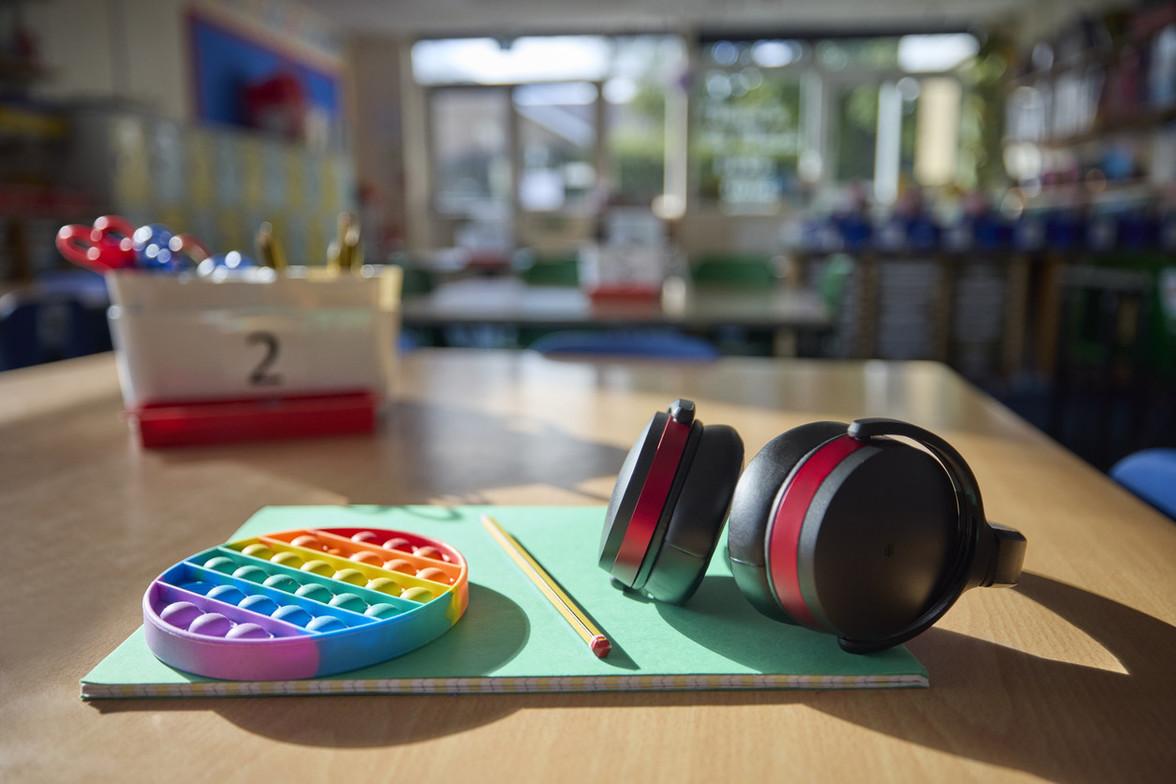
Sensory processing refers to how the brain interprets and responds to sensory stimuli from the environment. For autistic individuals, this processing can significantly differ from that of non-autistic individuals, leading to various sensory experiences, which can be categorized as:
- Hypersensitivity: Overwhelming or painful responses to stimuli (e.g., loud noises or certain fabrics).
- Hyposensitivity: Underresponsive behaviour, such as not reacting to their name being called or seeking intense sensory experiences.
- Sensory Seeking: Craving activities like jumping or touching specific textures to regulate sensory input.
- Sensory Avoidance: Avoiding overwhelming stimuli by blocking out sounds or refusing specific clothing.
The Role of Anxiety and Exposure Therapy
Anxiety is characterized by excessive fear and worry, often accompanied by physical symptoms like increased heart rate and sweating. Exposure therapy is commonly used to treat anxiety by gradually exposing individuals to anxiety-provoking stimuli in a controlled environment, aiming to reduce the fear response over time. However, this approach may backfire for individuals with sensory processing issues, particularly hypersensitivity. The discomfort and distress caused by certain sensory stimuli can lead to genuine pain rather than reduced sensitivity. This is why exposure therapy for autistic individuals is not always effective.
Risks and Challenges of Exposure Therapy
The pain associated with specific stimuli—such as loud sounds or rough textures—means exposure does not typically lead to increased tolerance. Furthermore, exposing individuals to painful stimuli can result in trauma and increased anxiety rather than diminishing the fear response. Since sensory experiences vary widely among autistic individuals, a one-size-fits-all approach is ineffective.
Alternative Strategies for Sensory Issues
Given the limitations of exposure therapy, alternative strategies are crucial for individuals facing significant sensory processing challenges. These include:
- Sensory Integration Therapy: Structured activities designed to help individuals process sensory information more effectively.
- Environmental Modifications: Creating sensory-friendly environments (e.g., noise-cancelling headphones or adjusted lighting) to minimize overwhelming stimuli.
- Coping Strategies and Tools: Providing tools like fidget toys and weighted blankets to help manage sensory overload.
- Gradual Exposure with Consent: Addressing minor sensory issues with the individual's approval and comfort in mind.
- Decreasing Background Anxiety: Implementing environmental modifications and coping strategies to decrease anxiety and manage sensory sensitivities.
Conclusion: Tailored Approaches are Essential
While exposure therapy effectively treats anxiety for some individuals, it is not suitable for those experiencing significant sensory processing sensitivities, especially when these issues lead to considerable distress and pain. It's vital to recognize the unique sensory challenges faced by each autistic individual and implement appropriate, tailored strategies to support their needs effectively. Understanding these complexities can lead to more compassionate and practical approaches to sensory processing issues in autistic individuals.





